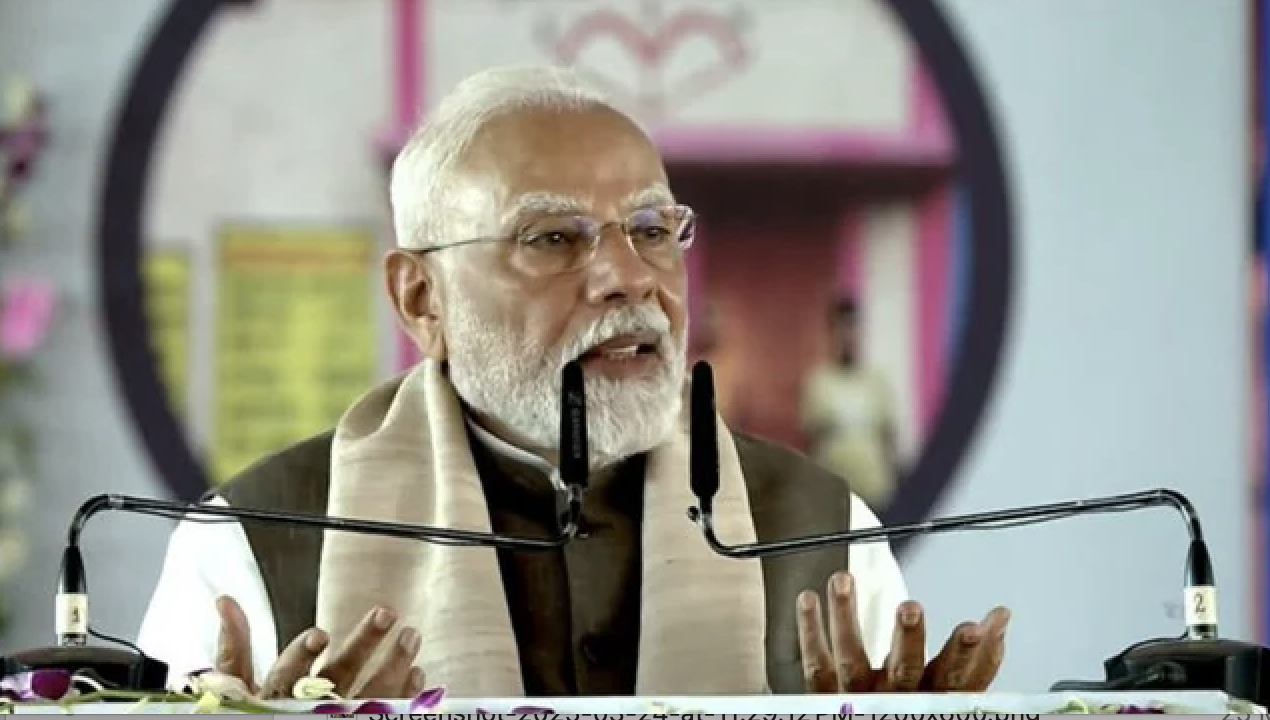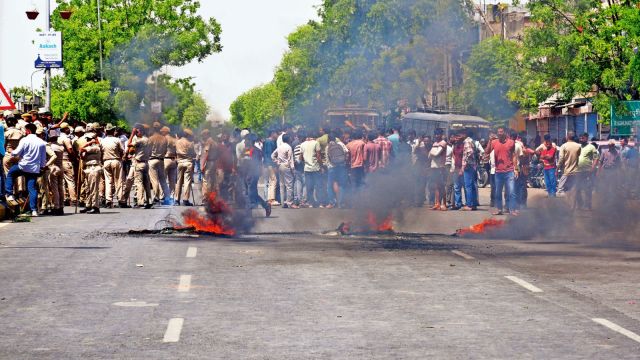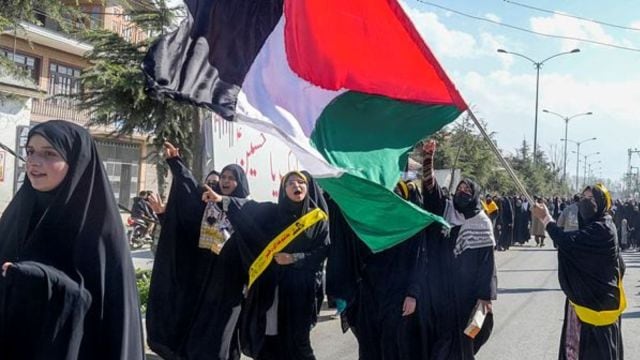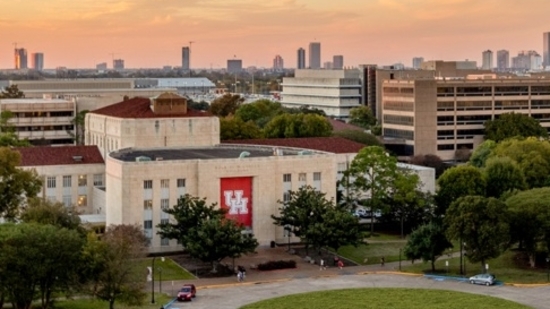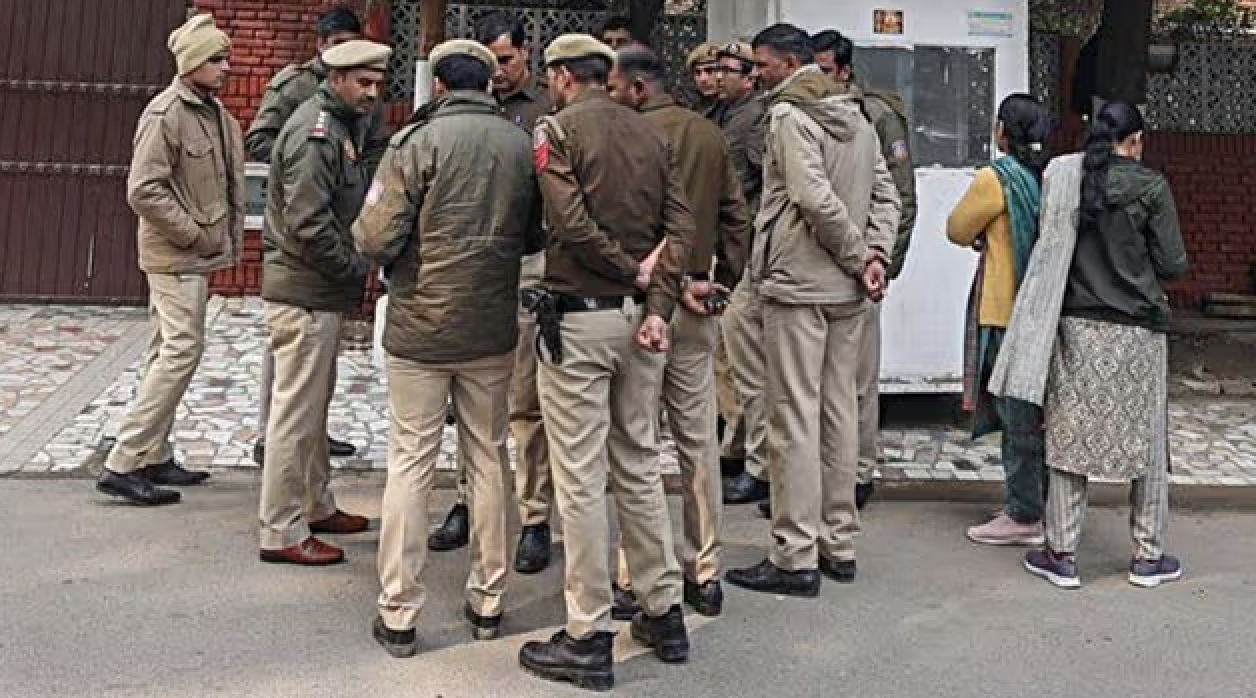While the Hindu Mahasabha was charting its own path away from the Congress, Vinayak Damodar Savarkar was slowly gaining a reputation as an organiser of Hindus in Bombay state. Savarkar had earned his revolutionary stripes as a firebrand nationalist in London. He had been sentenced to transportation for life twice over, amounting to imprisonment for 50 years, at the Cellular Jail in the Andaman and Nicobar Islands. The charges against him were serious – abetment to the murder of the collector of Nashik and waging war against the king. Subsequent to his early release from prison in the Andamans, he repositioned himself as the intellectual fountainhead of Hindu revivalism in national politics.
Hindutva, or Hindu-ness, was for Savarkar the basis for the Indian nation-state. His explanation of Hindutva was complex, perhaps a key stumbling block for its limited resonance at the time. Hindutva was not a theory of Hinduism; in fact, it had little to do with religious practice at all. It was a political theory that was presented as the foundation of India as a Hindu Rashtra (nation) for the Hindu jati (race) representing Hindu sanskriti (civilisation).
Anyone who considered the land between the river Sindhu (Indus) in the north and the Sindhu Sagar (Indian Ocean) in the south as their pitribhumi (literally, fatherland; in this case, the land of one’s ancestors) and punyabhumi (holy land) was a person who, according to Savarkar, was tied by the bond of Hindutva, and hence a Hindu.
This story was originally published in scroll.in. Read the full story here


